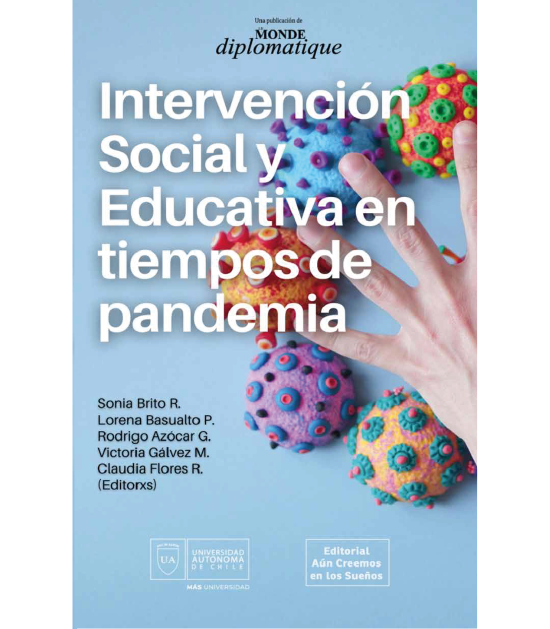Mostrar el registro sencillo del ítem
Functional differences of cultivable leaf-associated microorganisms in the native Andean tree Gevuina avellana Mol. (Proteaceae) exposed to atmospheric contamination
| dc.contributor.author | Fuentes-Quiroz, Alejandra | |
| dc.contributor.author | Herrera, Héctor | |
| dc.contributor.author | Alvarado, Roxana | |
| dc.contributor.author | Rabert, Claudia | |
| dc.contributor.author | Arriagada, Cesar | |
| dc.contributor.author | da Silva Valadares, Rafael Borges | |
| dc.date.accessioned | 2024-06-19T04:53:01Z | |
| dc.date.available | 2024-06-19T04:53:01Z | |
| dc.date.issued | 2024 | |
| dc.identifier | 10.1093/jambio/lxae041 | |
| dc.identifier.issn | 13645072 | |
| dc.identifier.uri | https://hdl.handle.net/20.500.12728/11384 | |
| dc.description.abstract | Aims: This study aimed to evaluate and describe the functional differences of cultivable bacteria and fungi inhabiting the leaves of Gevuina avellana Mol. (Proteaceae) in an urban area with high levels of air pollution and in a native forest in the southern Andes. Methods and results: Phyllosphere microorganisms were isolated from the leaves of G. avellana, their plant growth-promoting capabilities were estimated along with their biocontrol potential and tolerance to metal(loid)s. Notably, plants from the urban area showed contrasting culturable leaf-associated microorganisms compared to those from the native area. The tolerance to metal(loid)s in bacteria range from 15 to 450 mg l−1 of metal(loid)s, while fungal strains showed tolerance from 15 to 625 mg l−1, being especially higher in the isolates from the urban area. Notably, the bacterial strain Curtobacterium flaccumfaciens and the fungal strain Cladosporium sp. exhibited several plant-growth-promoting properties along with the ability to inhibit the growth of phytopathogenic fungi. Conclusions: Overall, our study provides evidence that culturable taxa in G. avellana leaves is directly influenced by the sampling area. This change is likely due to the presence of atmospheric pollutants and diverse microbial symbionts that can be horizontally acquired from the environment. © The Author(s) 2024. Published by Oxford University Press on behalf of Applied Microbiology International. All rights reserved. | es_ES |
| dc.description.sponsorship | Fondo Nacional de Desarrollo Científico y Tecnológico, FONDECYT, (11220617); Fondo Nacional de Desarrollo Científico y Tecnológico, FONDECYT; Universidad de La Frontera, UFRO, (DI22-2004); Universidad de La Frontera, UFRO; Fondo de Fomento al Desarrollo Científico y Tecnológico, FONDEF, (ID23I10303); Fondo de Fomento al Desarrollo Científico y Tecnológico, FONDEF | es_ES |
| dc.language.iso | en | es_ES |
| dc.publisher | Oxford University Press | es_ES |
| dc.subject | environmental pollution | es_ES |
| dc.subject | native forest | es_ES |
| dc.subject | particulate matter | es_ES |
| dc.subject | phyllosphere | es_ES |
| dc.subject | plant growth promotion | es_ES |
| dc.title | Functional differences of cultivable leaf-associated microorganisms in the native Andean tree Gevuina avellana Mol. (Proteaceae) exposed to atmospheric contamination | es_ES |
| dc.type | Article | es_ES |


